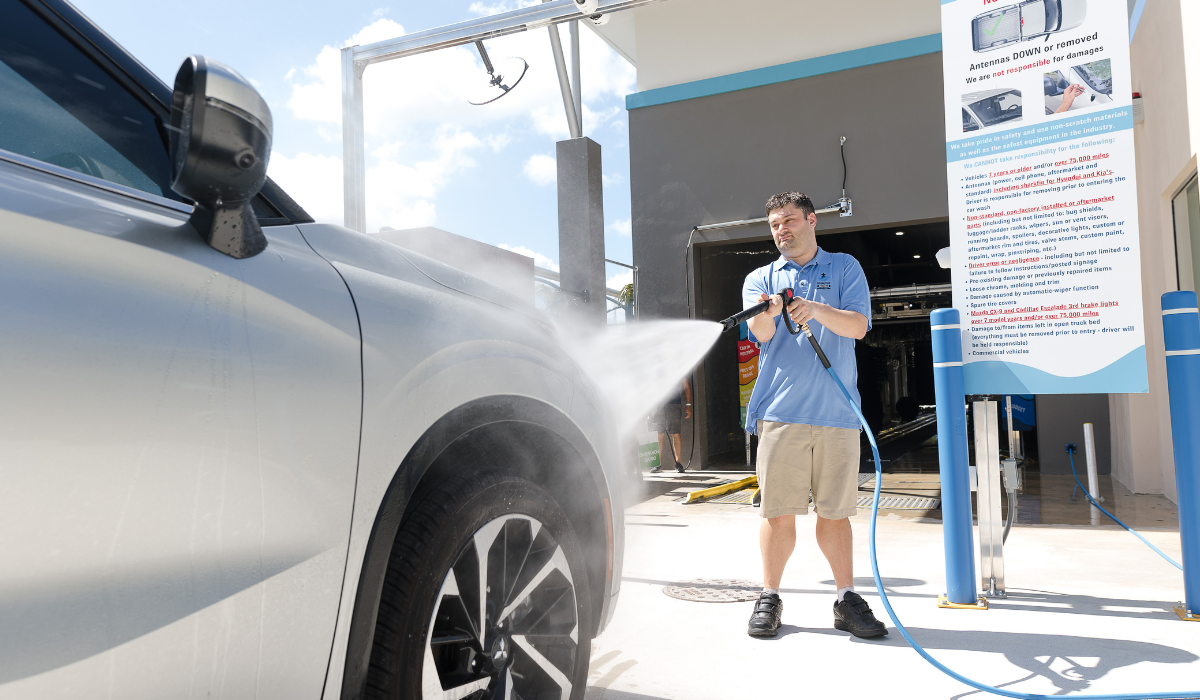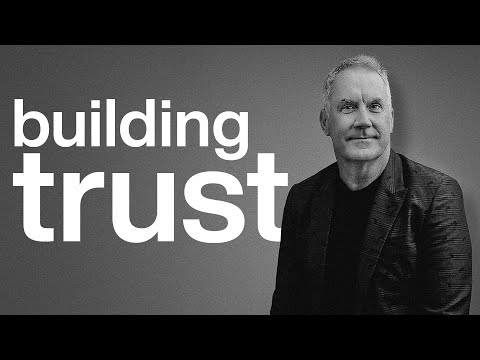Though there are many different companies and industries in the world, the vast majority of them have at least a few things in common–each wants to offer a valuable product or service for a profit with the help of a proficient team. Where most businesses differ, however, is how they achieve that simple goal.
The question of how to make employees and teams perform faster, better, or more efficiently has always been a question in business. Still, in light of Covid-19 and other rapid changes in the workplace, the old methods focused on external motivation and competition don’t seem to be working as well, leading instead to burnout and high turnover.
One of the new approaches to this issue can be found in The Happiness Advantage by happiness researcher and expert Shawn Achor. In his book, Achor uses original research and examples from 42 countries to argue that most businesses approach achievement and success backwards. As it turns out, happy teams are more successful (and profitable) than teams that aren’t—and that optimizing for happiness may have a greater positive effect than anything else a managerial team could do.
While creating a culture of happiness is complex, one of the biggest factors is creating “psychological safety.”
As research shows, creating psychological safety leads to higher performance and greater job satisfaction.
Fortunately, businesses can design systems that operationalize psychological safety, just as my father and I have done at our company, Rising Tide Car Wash, which has grown to serve 500,000 customers a year with a five times lower turnover rate than our competitors. Here are four proven ways that other companies can do the same:
1. Make hiring and recruiting as transparent and inclusive as possible.
At Rising Tide Car Wash, in addition to giving great service, one of our goals is to have a workforce composed of 80% of people with autism. As we learned early on, however, standard recruiting and interviewing processes were not a good system for achieving our goals.
While people with autism can work jobs, do complex tasks, and learn processes extremely well, they struggle with neurotypical interpersonal communication and social ambiguity. Traditional interviews frequently disqualify neurodivergent talent as they often evaluate social skills much more than actual work skills.
After replacing our old interview processes with highly structured, clearly communicated, and thoroughly documented “job auditions,” we’ve been able to accurately identify high-quality candidates for our entry-level positions 97% of the time, even if in some cases, these candidates have limited verbal skills. Though our business is somewhat unique, the lessons we learned can apply to all businesses.
To make your team members feel psychologically safe, it’s important that they feel safe being vulnerable and honest with you without having to “perform” or hide their true selves to keep their job. This begins during hiring. Employers can let potential employees know that it’s okay to be who they really are by thoughtfully designing an evaluation process that aims to objectively assess their abilities without any biases or superficial judgments.
2. Let your employees help lead the design of your workplace processes.
In old management and business models, the owners and executives design the systems, and whoever gets hired has to fit into them—even if they cause discomfort.
In the new world of work, leading companies are seeing the flaws in this approach and are applying principles of human-centered design (HCD) not just to their products but to their systems. Doing so will take the entire team’s needs into account, ensuring that everyone feels psychologically safe at work.
While businesses don’t always realize it, a good company culture can be a powerful recruiting tool—and more often than not, it’s great companies that attract and develop great talent, not great talent, that automatically creates great companies.
At Rising Tide, my father and I worked directly with our employees to see what parts of the job caused them the most distress and which expectations and processes were most unclear. By thoroughly documenting these situations and training our team for them in advance, our employees felt safer at work, and our customer satisfaction increased.
3. Give management “permission to care” and embrace vulnerability.
Past approaches to business have embraced objectivity and neutrality when training or managing employees, focusing only on metrics and KPIs instead of subjective qualities. Unfortunately, this approach often leads to feelings of detachment at work, sometimes resulting in burnout.
As explained in Harvard Business Review, allowing for a healthy level of vulnerability at work can create a greater sense of psychological safety, leading to better performance. In particular, having management that isn’t afraid to admit to mistakes and change course can help employees feel more comfortable speaking up and taking ownership of their own work.
In the case of Rising Tide, our business has leaned into this vulnerability not only by overhauling systems that weren’t working but by allowing our employees to be themselves.
In observing our team at work, we don’t penalize our staff for feeling anxious or panicking in certain situations; this is part of who they are.
Instead, we allow those feelings and examine those situations, preparing our team to deal with them better in the future. Doing this allows everyone to treat these situations as opportunities to grow and improve rather than framing them as inherent shortcomings.

4. Make psychological safety an explicit metric.
Finally, while psychological safety at work can be built or approximated through a number of different strategies, there’s also a more direct approach available: measure it directly.
Beyond hiring and training, making sure your team members stay motivated and accountable requires management teams to offer regular feedback and evaluation. Still, while this is important for employees’ improvement, it can also lead to anxiety for everyone involved.
One way to remedy this is to prioritize employees’ psychological safety in the review process, and use it as a metric to keep management accountable, just as management keeps the employees accountable to other metrics.
By directly asking employees in a measured, anonymous way how they feel at work, business leaders can get a clearer picture of where communication should be improved and how to make their businesses run more efficiently.
Become a Well-Rounded Leader
In addition to giving companies a leg up on their competition in changing times, using these strategies can unlock new sectors of the workforce companies didn’t even know existed—making the working world a more inclusive place in the process.
To round out your leadership skills, explore our all-access to proven frameworks with foundr+. You’ll learn everything from mental toughness to financial foundations. Explore foundr+ today.
The post 4 Ways to Operationalize Psychological Safety appeared first on Foundr.




